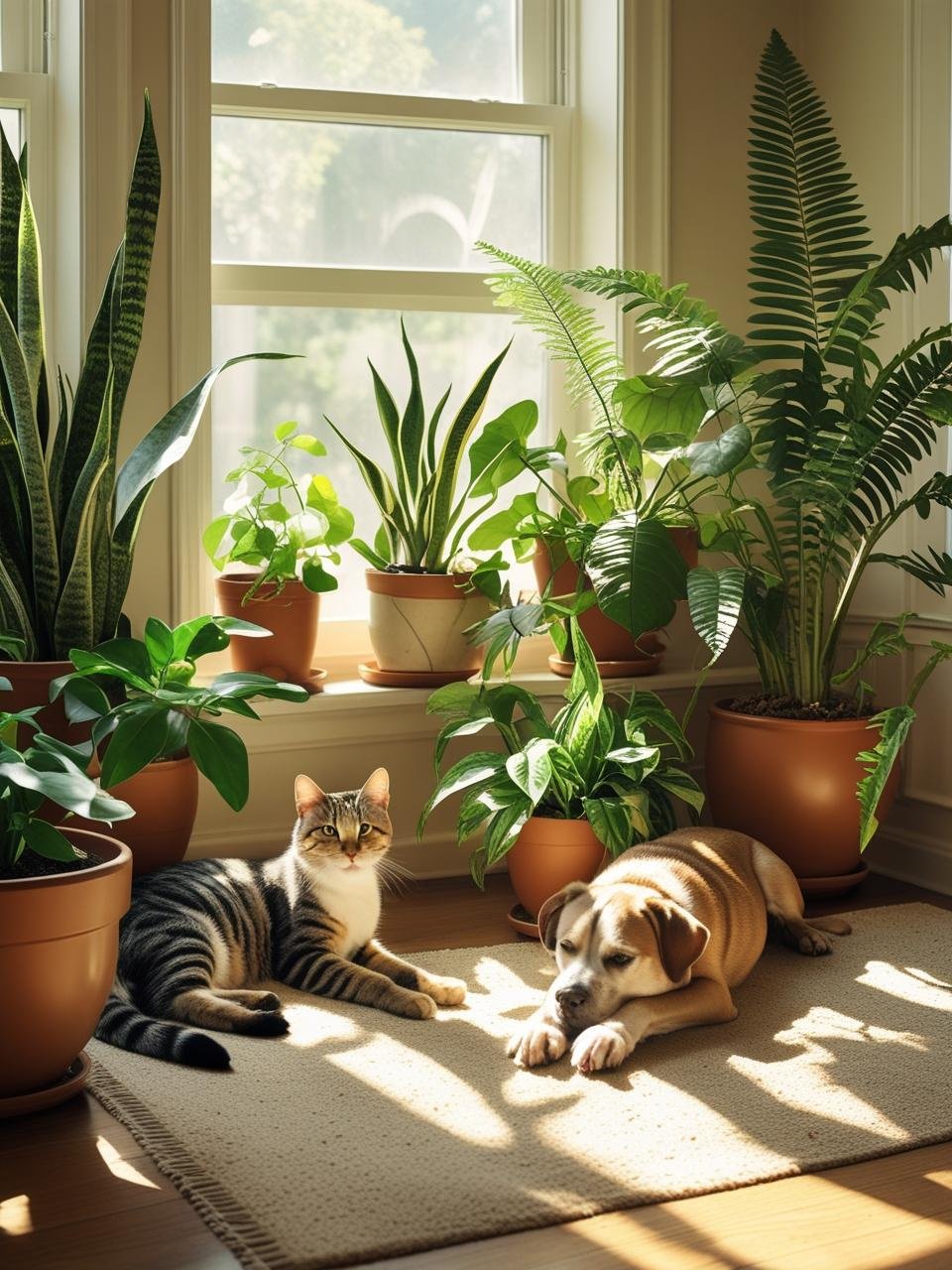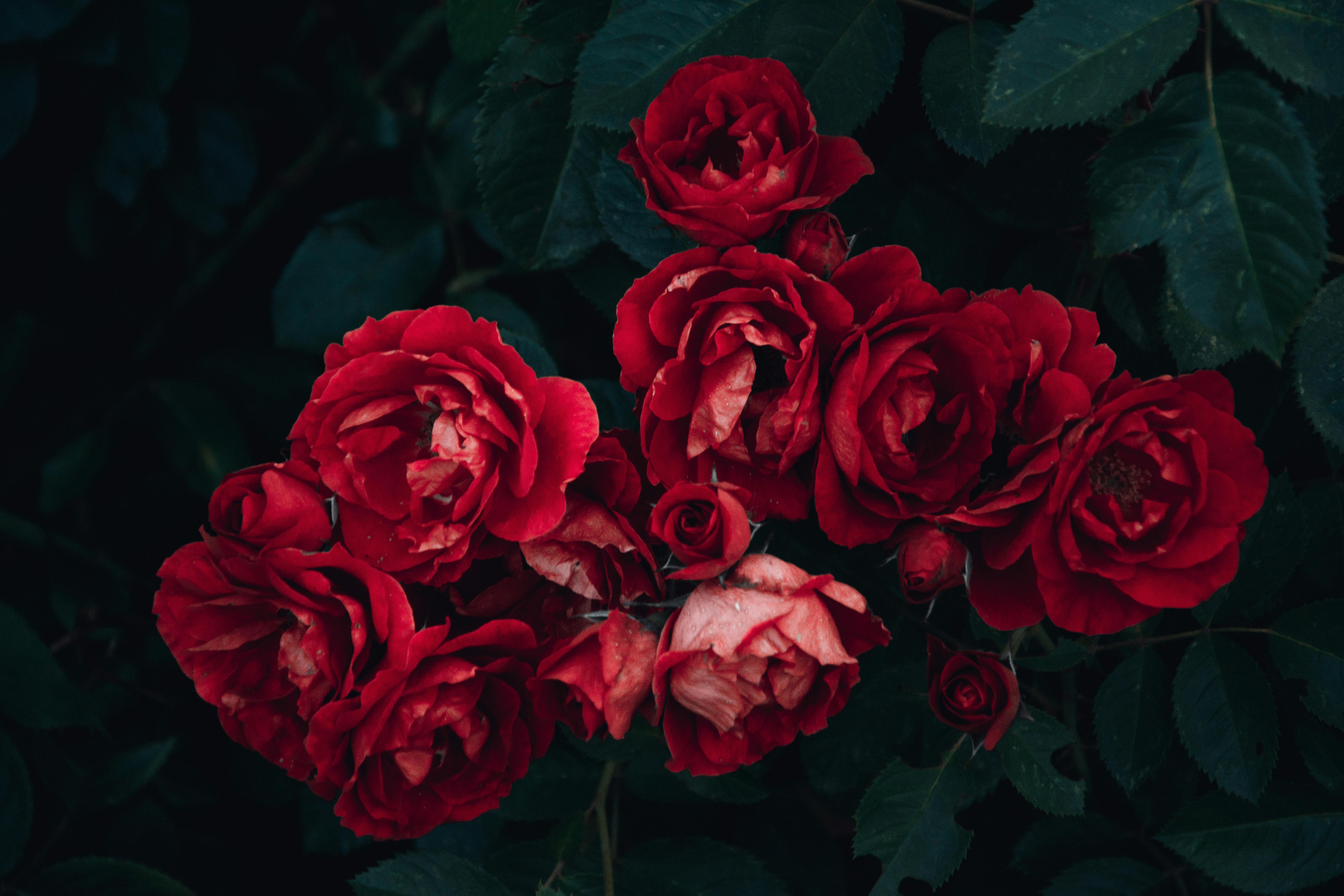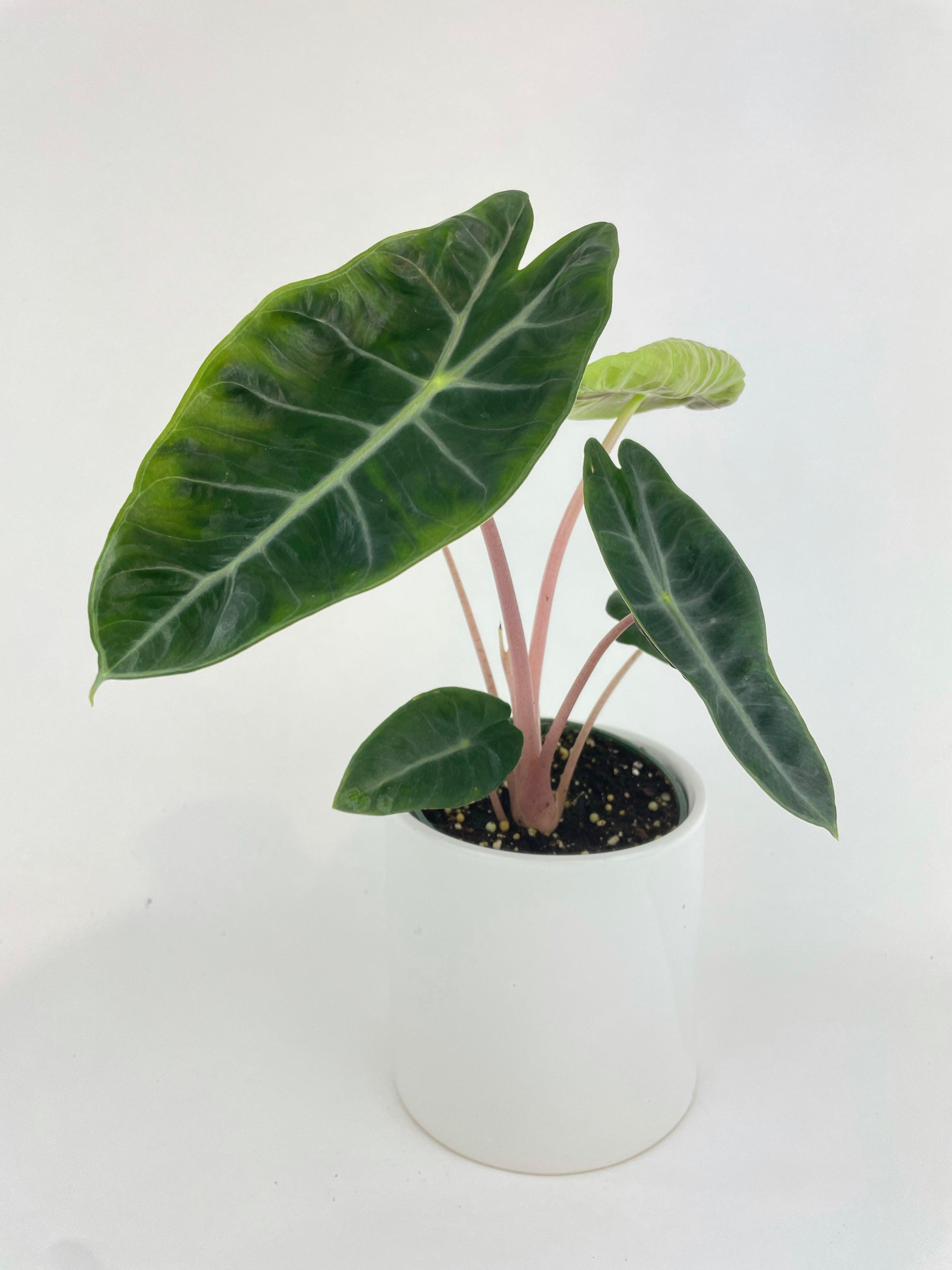DIY Light Solutions for Low-Light Houseplants
Ever dream of lush greenery cascading from your shelves, but limited natural light throws shade on your plant aspirations? Fear not, fellow plant lovers! Even if your home resembles a dimly lit cave, vibrant indoor gardens are still within reach. Join us as we unveil the secrets of DIY light solutions for low-light houseplants.
Forget expensive setups – unleash your inner MacGyver and craft budget-friendly lighting tricks using everyday items. We'll guide you through the science of plant lighting, bust common myths, and introduce you to indirect light champions who thrive in the shadows. So, grab your trusty toolbox and prepare to banish those low-light woes! Let's bring the sunshine indoors and witness your plant companions flourish.
Understanding Low-Light Woes
Living in a cozy apartment with limited natural light doesn't have to mean saying goodbye to your plant dreams! But before we unleash our DIY lighting magic, let's get familiar with the challenges of low-light environments. Understanding your enemy (or should we say, frenemy?) is key to creating a thriving indoor jungle.
Defining Low-Light: Friend or Foe?
Not all ‘shade’ is created equal. North-facing windows offer filtered light, while windowless rooms are true low-light zones. While some plants adore these dimmer conditions (more on that later!), others crave the spotlight and might struggle in such settings. Knowing your light levels is crucial for choosing the right leafy companions.
Recognizing Low-Light Victims: Signs Your Plants Crave More
Listen, your plants talk – not literally, of course, but they send subtle signals when they're unhappy. Watch for these telltale signs of inadequate light:
Stretched stems: Reaching, leggy growth is a classic cry for help.
Pale leaves: Lush green fades to a sad yellow, indicating insufficient photosynthesis.
Leaf drop: Losing precious leaves? It might be a desperate attempt to conserve energy.
Slow growth: Your once-enthusiastic plant seems stuck in slow motion.
If you spot these symptoms, fret not! We'll get your plant pals basking in the right light in no time.
Popular Low-Light Champions: Introducing Thriving Indoor Friends
Not all plants are drama queens about light. Some, like the Snake Plant and the ever-reliable Spider Plant, flourish in indirect light, making them perfect for low-light havens. We'll introduce you to a whole cast of these low-maintenance superstars in the next section, so stay tuned!
DIY to the Rescue: Lighting Up Your Plant Pals!
Okay, plant parents, prepare to unleash your inner inventor! Now that we understand the low-light struggles, let's dive into the fun part: crafting your own grow lights on a budget. Forget fancy setups – we're about to channel our inner MacGyver and transform everyday items into plant-loving light sources.
Can Artificial Light Replicate the Sun? Separating Myths from Facts
First things first, can artificial light truly replace the sun? The answer is yes, but with a caveat. While artificial light won't provide the full spectrum of sunshine, it can offer the specific wavelengths crucial for photosynthesis, keeping your plants happy and healthy. Remember, we're aiming to supplement, not replace, the natural light your plants enjoy.
DIY Magic: Crafting Your Own Grow Lights on a Budget
No need to break the bank! Here are two ways to create your own affordable plant lighting:
Repurposing Everyday Items: From Lamps to LEDs
Think outside the box – that old desk lamp or string lights can be your new best friends! Here are some ideas:
Desk lamp makeover: Add reflective foil to the shade to boost light output and direct it towards your plants.
String light magic: Drape warm-toned LED string lights around shelves or create a vertical garden with them.
Recycle and reuse: Upcycle mason jars or glass containers into mini terrariums by adding LED strip lights inside.
Choosing the Right Bulb: Understanding Color Temperature and Lux
Not all bulbs are created equal. Opt for fluorescent lights or LEDs with a color temperature between 5,000-6,500 Kelvin (K) for optimal plant growth. This mimics natural sunlight and avoids the reddish or bluish hues that can stress plants.
Lux, measured in lumens per square meter, indicates light intensity. Aim for around 1,000-2,000 lux for most low-light plants. Don't worry, we'll delve deeper into specific light needs in a later section.
Remember, safety first! Ensure your DIY setup is stable and uses cool-running bulbs to avoid burning your leafy friends.
Putting It All Together: Implementing Your DIY Lighting Solutions
Now that you've mastered the art of DIY grow lights, let's put your creations to work! Remember, low-light doesn't have to mean dim and dreary – it's all about finding the right balance for your plant pals.
Matching the Light to the Plant: Tailoring Solutions for Specific Needs
Not all plants are created equal, and their light preferences vary just like ours. While some, like the Golden pothos and the Staghorn fern, thrive in indirect sunlight, others like the Monstera and the Arrowhead vine might need a bit more oomph.
Don't worry, we won't leave you hanging! In the next section, we'll provide a handy guide to match different low-light plants with their ideal lighting conditions. But remember, even low-light lovers appreciate some natural light exposure whenever possible.
Placement is Key: Optimizing Light Distribution for Maximum Impact
Just like positioning furniture for optimal coziness, where you place your grow lights matters. Aim for indirect sunlight whenever possible, mimicking the dappled light filtering through leaves in nature. Avoid harsh, direct light, which can scorch delicate leaves.
Think strategically! Utilize shelves, plant stands, or even hanging planters to position your lights for maximum coverage. Remember, some plants might prefer light from above, while others thrive with side lighting. Observe your leafy companions and adjust accordingly.
Striking the Balance: Finding the Sweet Spot for Light Duration and Intensity
Too much of a good thing can be bad, even for light. Most low-light plants do well with 12-16 hours of supplemental lighting daily. Mimic the natural sunrise and sunset cycle for optimal results.
As for intensity, the sweet spot usually lies between 1,000-2,000 lux. But remember, each plant has its own preferences. Start with lower intensity and gradually adjust based on your observations. Keep an eye on your plant's response – happy leaves and vibrant growth indicate you've found the perfect balance.
Beyond DIY: Additional Tips and Tricks for Low-Light Success
While DIY grow lights are a fantastic tool, remember, a holistic approach is key to truly thriving low-light plants. Here are some bonus tips to keep your leafy friends happy and healthy:
Choosing the Right Low-Light Plants: Start with Winners
Not all plants are created equal when it comes to low-light tolerance. Opt for proven champions like the Snake plant, the Spider plant, or the ZZ plant. These low-maintenance superstars require minimal light and are perfect for beginners. Do some research to find varieties that suit your specific light conditions and preferred aesthetics.
Mastering Plant Care: Beyond Just Light
Light is crucial, but it's only one piece of the puzzle. Remember, happy plants need balanced care! Here are some key areas to focus on:
Watering: Avoid overwatering, a common pitfall in low-light conditions. Allow the soil to dry slightly between waterings to prevent root rot.
Humidity: Some low-light plants, like Staghorn ferns and Arrowhead vines, come from humid environments. Consider grouping them together to create a microclimate or using a humidifier.
Fertilizer: While low-light plants don't need frequent feeding, a diluted fertilizer solution every few months during the growing season can give them a boost.
Conclusion
So there you have it, plant enthusiasts! By embracing DIY lighting solutions and understanding your leafy companions' needs, you can banish low-light woes and create a thriving indoor jungle even in the shadiest corners. Repurpose everyday items for affordable grow lights, match the light to the plant, and strike the perfect balance for optimal growth. Remember, beyond artificial light, proper care – from watering to humidity – is key to success. Embrace the challenge, unleash your creativity, and witness your low-light houseplants flourish! Let your indoor garden be a testament to the power of resourcefulness and the resilience of nature, even in the shadows.










































